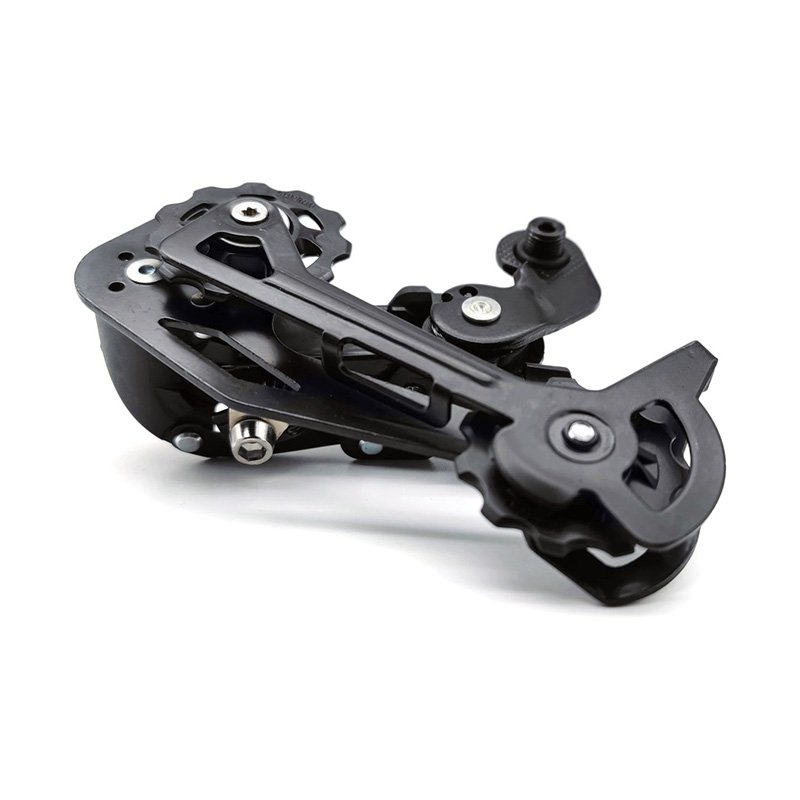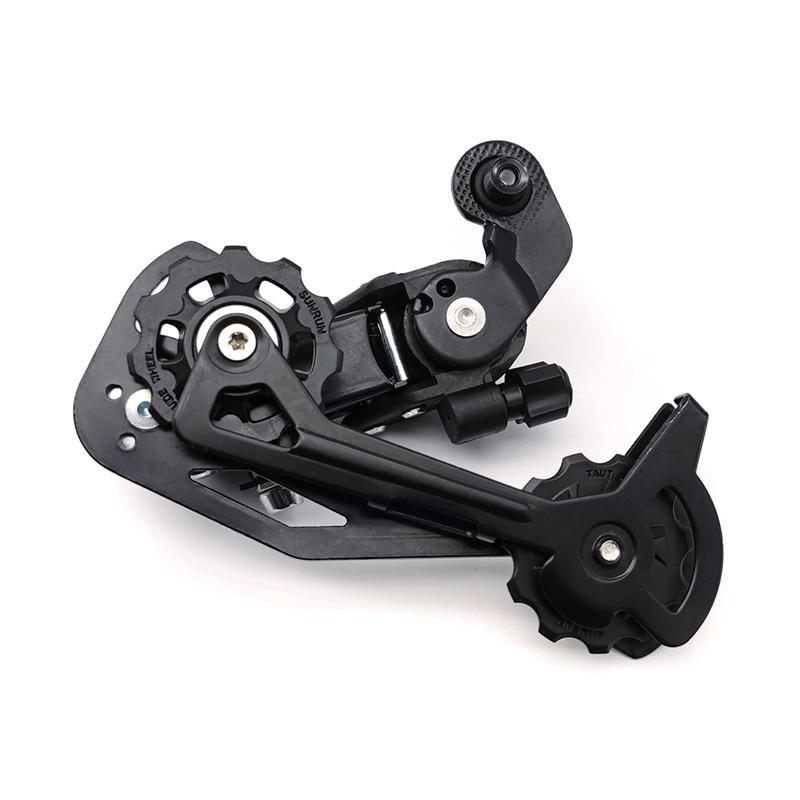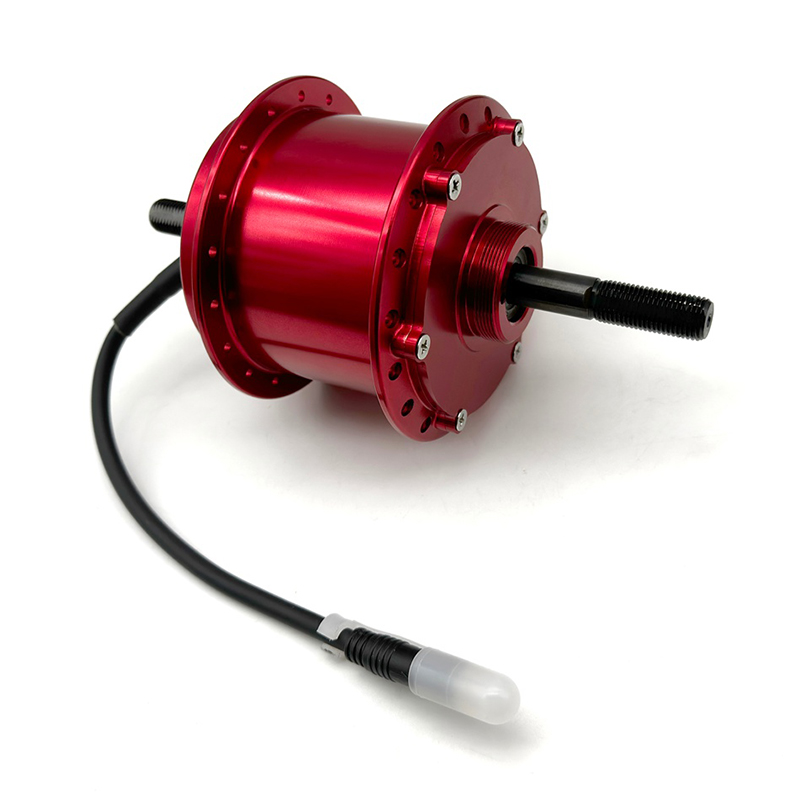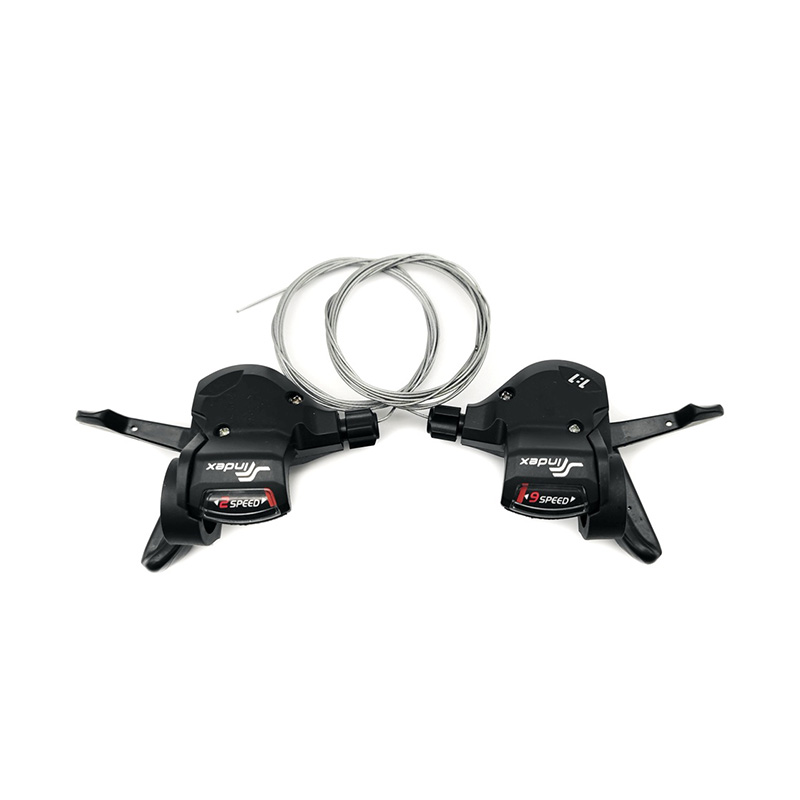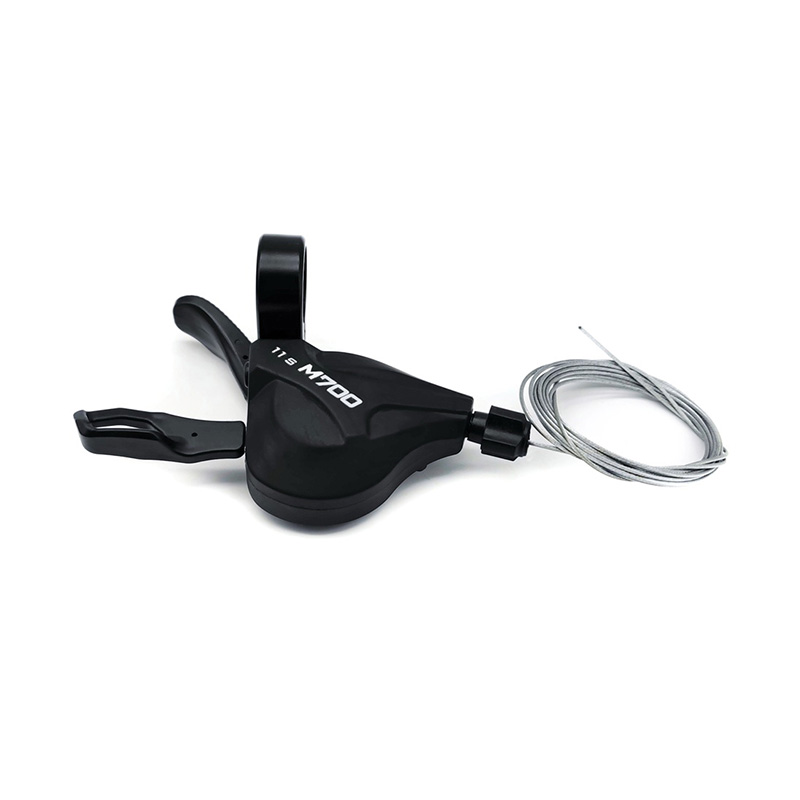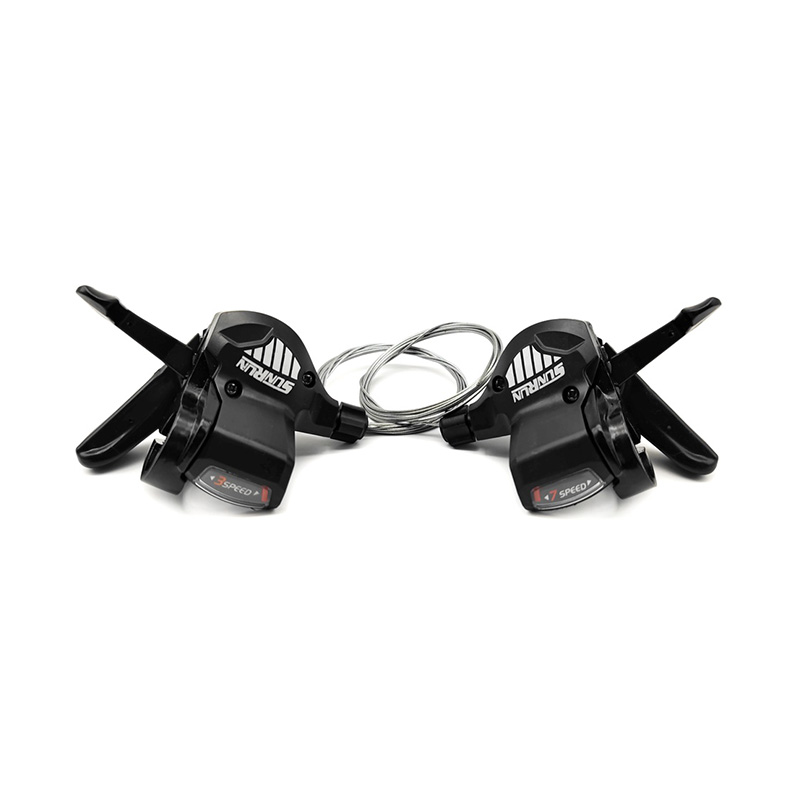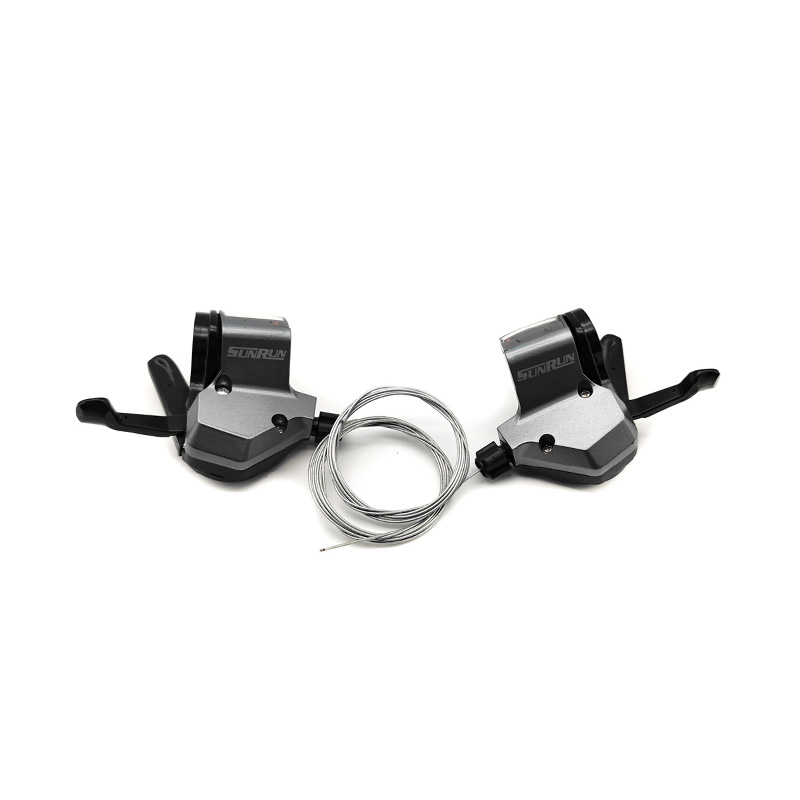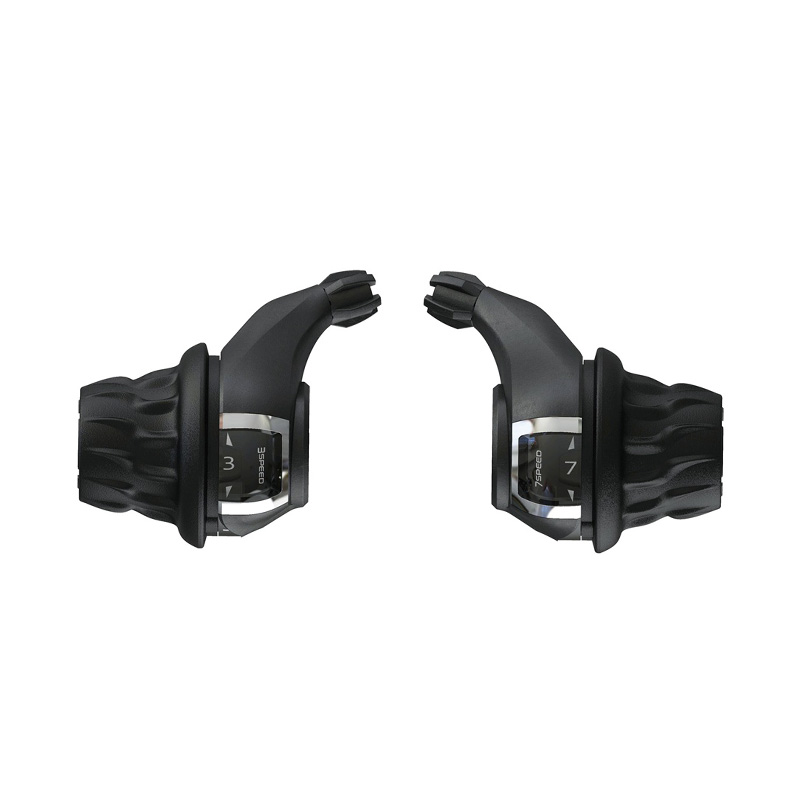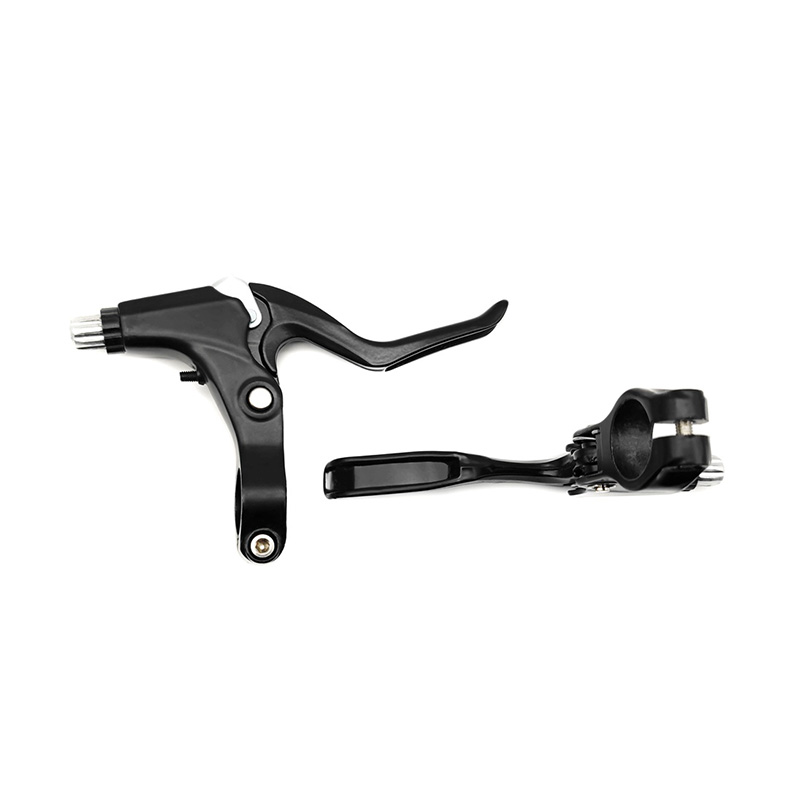-
 Everything You Need to Know About MTB Bicycle Cassette Sprocket
Everything You Need to Know About MTB Bicycle Cassette SprocketWhat is a mountain bike cassette sprocket?A mountain bike cassette sprocket is one of the core components of a mountain bike's speed change system. It is usually installed on the r...
-
 How to properly maintain bicycle hubs with sealed bearings to extend their service life?
How to properly maintain bicycle hubs with sealed bearings to extend their service life?Proper maintenance of bicycle hubs with sealed bearings is the key to ensuring their long-term stable operation. Although the design of sealed bearings can effectively prevent the ...
-
 Bicycle rear derailleur: a key component of riding experience
Bicycle rear derailleur: a key component of riding experienceIn modern bicycle design, the rear derailleur is an indispensable part of the transmission system. It not only bears the heavy responsibility of transferring the chain from the fro...

- Describe
- Parameter

Ningbo Dongjin Technology Co., Ltd is China OEM 7S /8S Bicycle Rear Derailleur Supplier and ODM 7S /8S Bicycle Rear Derailleur company was founded in 1991, specializing in the production of bicycle transmission systems, braking systems and other components. The leading products include a series of derailleurs, variable speed flywheels, high-end cassette hubs, disc brakes, brake components, cranksets and more than 300 varieties in six categories.
In 2015, in response to Made in China 2025, the company established Ningbo Dongjin Technology Co., Ltd. to develop a new internal and external variable speed transmission system, entering the first echelon of the domestic industry. "Chicheng wheel industry, quality first" is the pursuit of quality by Richeng people. The company has introduced internationally advanced key technologies such as precision cold forging, CNC machining, heat treatment, and multi-station stamping to develop transmissions with Richeng characteristics. , transmission kit, sales volume leads domestic peers. The registered brands SUNRUN, TONGKEEN and HEMU enjoy high reputation in domestic and foreign markets. The company has independent export rights, and its products are exported to Europe, North America, Central and South America, Africa, Southeast Asia and other countries and regions. Xu Mingqiang, chairman of the company, sincerely invites domestic and foreign merchants to come for negotiation and guidance.
Industry Knowledge Extension
Checking the position of your Bicycle Rear Derailleur and adjusting it to ensure it matches the chain is an important part of bicycle maintenance and adjustment. Here are the detailed steps to do this:
Check rear derailleur position
Look closely at how the rear derailleur matches the chain. When the chain switches between different cassettes, the rear derailleur should be able to accurately move the chain to the corresponding position, and the appropriate tension should be maintained between the chain and the cassette.
Check whether the rear derailleur deviates from its normal trajectory. If the rear derailleur wobbles or shifts during shifting, it needs to be adjusted.
Adjust rear derailleur position
Use a special adjustment tool, such as a screwdriver or Allen wrench, to adjust the limit screw on the rear derailleur. Limit screws are usually located on either side of the rear derailleur and are used to limit the position of the chain on the largest and smallest cassettes.
Adjust the limit screw as needed to change the rear derailleur's range of motion. If the chain is easy to fall off on the largest flywheel sprocket, you can appropriately increase the tension of the limit screw on the largest flywheel side; conversely, if the chain is easy to get stuck on the smallest flywheel sprocket, you can reduce the tension on the limit screw on the smallest flywheel side.
When adjusting the limit screw, pay attention to maintaining the overall balance and stability of the rear derailleur to avoid deflection or shaking.
Fine-tuning rear derailleur and chain matching
Fine-tune the rear derailleur to chain match by adjusting the tension on the shift cable. The tension of the shift cable can be adjusted using the fine adjustment screw on the derailleur.
Turn the fine-tuning screw counterclockwise to loosen the shift cable tension, allowing the rear derailleur to move toward the small sprocket of the flywheel; turning it clockwise will increase the shift cable tension, causing the rear derailleur to move toward the large sprocket of the flywheel.
During the adjustment process, carefully observe the matching between the chain and the flywheel sprockets to ensure that the chain can smoothly switch to each flywheel sprocket without skipping teeth or chain jamming.
Please note that before making any adjustments, it is best to consult your bike's owner's manual or related maintenance guide for adjustments and precautions for your specific model of bike. If you are not sure how to make adjustments, it is recommended to seek help from a professional bicycle mechanic.
Finally, once adjustments are made, be sure to do a few shifting tests to make sure the rear derailleur is a good match to the chain and the shifting system is working properly. This ensures better shifting and riding experience during riding.

 中文简体
中文简体 English
English


